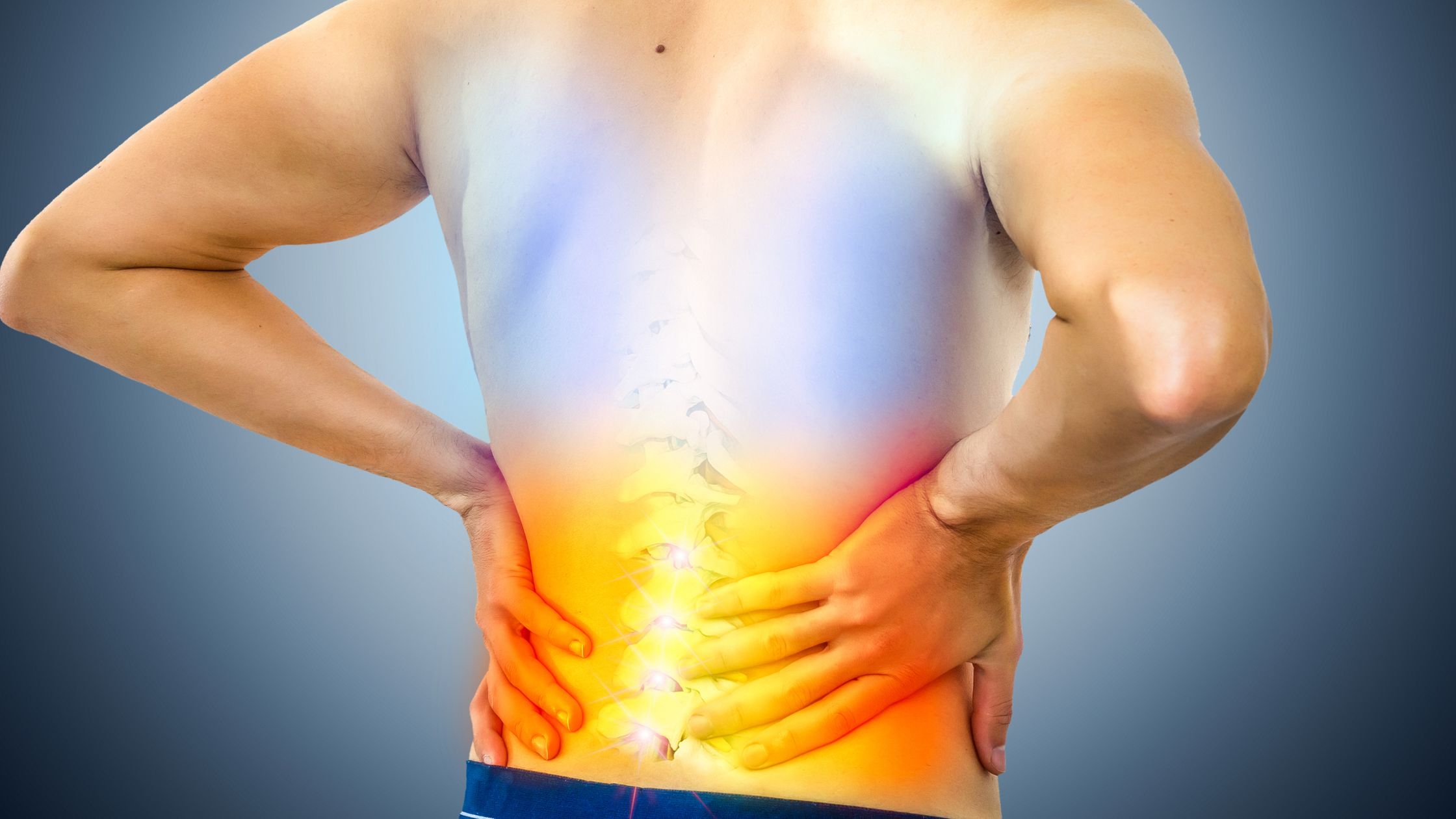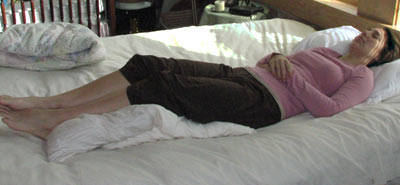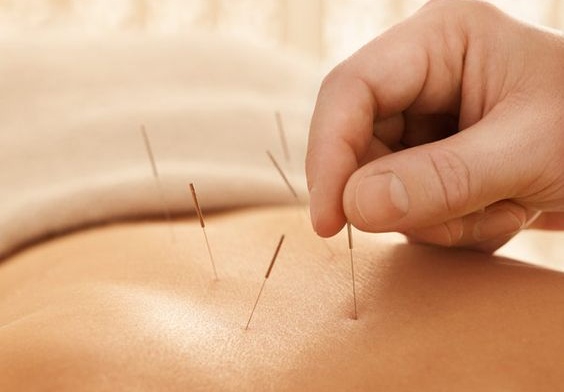The Prevalence of Back Pain
Back pain reportedly affects 80 to 90 percent of all Americans at some point in their lives. More than half of us in this country are suffering from lower back pain right now. Lower back pain does not discriminate; both men and women are generally equally affected. In fact, lower back pain is the fifth most common reason for doctor visits in the United States.
Impact on Daily Life
Are you one of those people? Do you find that you can’t stand or sit for very long? Do you spend a lot more time in bed than usual, just to get a little relief from your lower back pain? Do you find yourself avoiding some of the things you used to enjoy, such as going to the gym or going for walks around your neighborhood with your spouse or friends? Did you know that exercise can often help to relieve both upper and lower back pain, whereas bed rest can actually make it worse?
Causes of Lower Back Pain
The causes of lower back pain are many, but the good news is that there are things you and your doctor can do to alleviate or even eliminate your lower back pain.
The Role of the Lower Back
You may be wondering why lower back pain is so common. First, the lower back (the lumbar and lumbosacral regions) supports the weight of the upper body. This puts a strain on the lumbar spine, which consists of many small bones, or ‘vertebrae,’ that are stacked on top of each other with just cartilage (‘discs’) in between each vertebra. The cartilage acts as a kind of shock absorber to keep these vertebrae from grinding against each other. Problems can arise when these cushions, through injury or age, begin to wear away or even shrink. This condition is called ‘degenerative disc disease.’
Herniated Discs
A herniated disc can be a major cause of lower back pain if it is touching a nerve. However, you could have a herniated disc and not even know it. If it’s not touching a nerve, you may be unaware you have this condition. (A herniated disc can also be referred to as a slipped, ruptured, prolapsed, or bulging disc.) A herniated disc occurs when the outer part of the disc gets weak, causing the inner, softer parts to press outward. The bulge can put pressure on the nerves that carry messages to the brain. This condition can result in pain ranging from mild to severe. Movement can exacerbate this pain or even cause a sudden burst of excruciating pain.
Injuries from Overuse or Repetitive Motions
Other causes of lower back pain include injuries caused by overuse or repetitive motions. Professional and even amateur athletes can experience sudden injuries that cause lower back pain. These should be treated as they can become more serious if neglected. Injuries from overuse or repetition can cause chronic pain, especially if the motion is something that occurs on the job or with routine activities, such as playing tennis. You should consult your doctor if pain persists. It may be necessary to obtain a referral to an orthopedic or spinal surgeon for treatment that will alleviate pain associated with these types of injuries.
Spondylolisthesis
Other causes of lower back pain include a condition known as ‘spondylolisthesis,’ which is a normal wear and tear of ligaments and joints, making it hard for your spine to remain in its proper position. This condition occurs when vertebrae move abnormally, which can cause them to slide. This can result in bones pressing on spinal nerves. Spondylolisthesis is usually more prevalent with age.
Other Conditions
There are other conditions of the back that can cause lower back pain. Spinal stenosis, which is a narrowing of the spine, and scoliosis, which is a curvature of the spine, can also cause lower back pain. Osteoporosis, which is a progressive bone disease characterized by decreases in bone mass and density, can also be a cause of lower back pain. Osteoporosis can be very serious as it also leads to an increased risk of fracture.
Factors Affecting Lower Back Pain
But why do some people seem to have so much lower back pain while others have none? Personal habits can be part of the answer.
Weight and Lifestyle
Weight can be a major factor in lower back pain. If you’re overweight, it’s a good idea to see your doctor and work together on getting on a regimen to decrease weight and reduce the strain on your back. If you have a desk job where you’re sitting all day, or a sedentary lifestyle that includes no usual exercise, or if you have an increased amount of stress in your life, these can all lead to chronic lower back pain. Even smoking can increase back pain, as it can rob the body of vital nutrients necessary to keep you healthy.
What You Can Do
Of course, there are things you can do as a lower back pain sufferer.
Exercise
Exercising on a regular basis can alleviate lower back pain. Developing what is known as ‘core’ or abdominal muscles can help you better support your upper body weight and back.
Lifestyle Changes
Other things you can do to help alleviate lower back pain include practicing better posture, quitting smoking, and getting more active.
Considering surgery for back pain? No need to worry! You can opt for after-surgery care services to ensure a smooth recovery.
When to See a Specialist
Many conditions of the back and spine should be analyzed by a qualified orthopedic or spinal surgeon. If you find that your back pain persists, contact your doctor or a spinal specialist near you for a consultation. Back pain does not have to be a way of life. There are many treatments for lower back pain that can help you get back the active, vibrant life you deserve.




